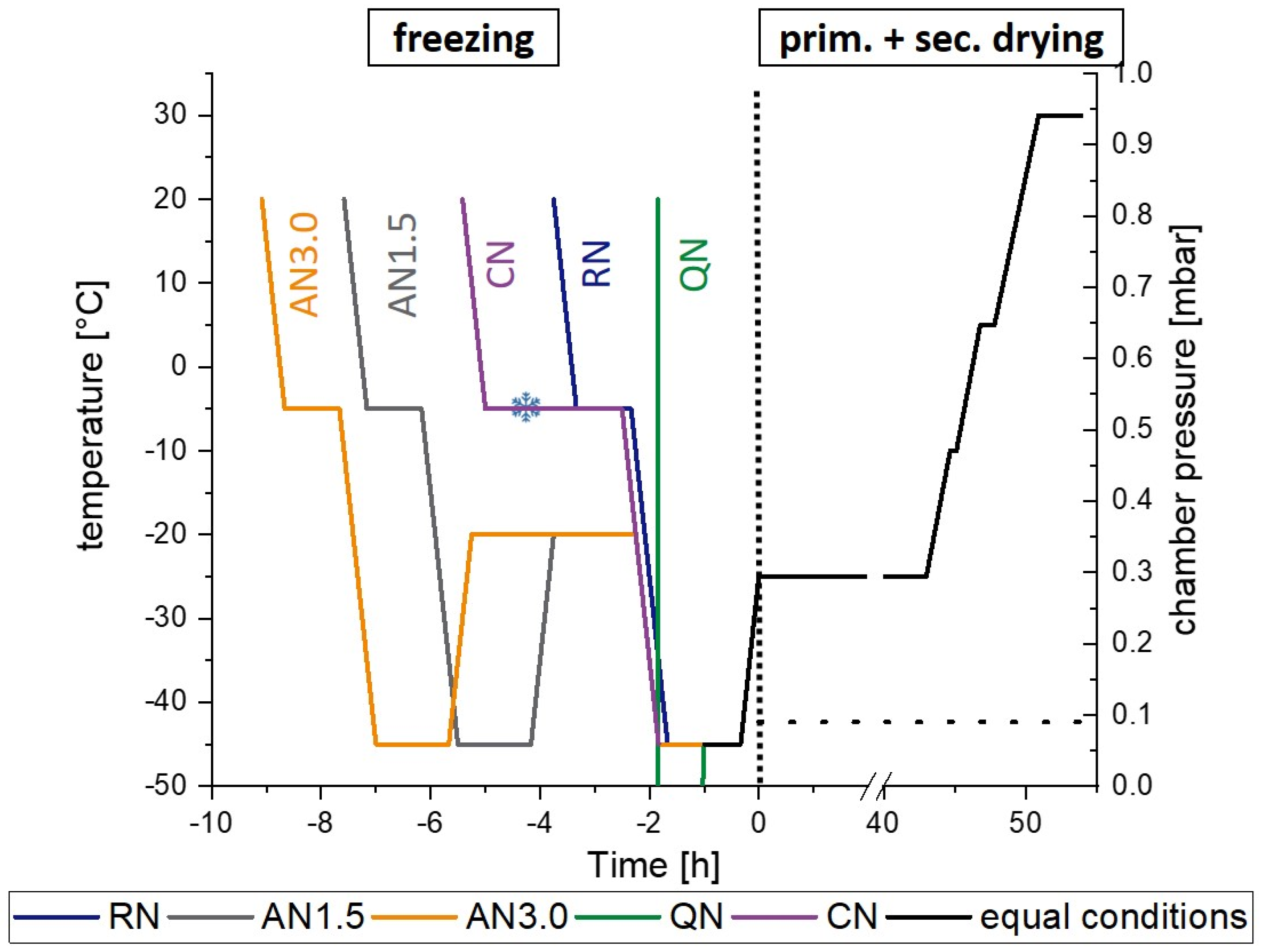Gießenpeptid Relaxation
Gießenpeptid relaxation is an intriguing area of study in the field of biochemistry, particularly in understanding peptide interactions and their physiological implications. These peptides have shown potential in various therapeutic applications due to their unique properties. This article explores the defining characteristics of Gießenpeptids, their relaxation mechanisms, and the implications for drug development.
Understanding Gießenpeptids
Gießenpeptids are short chains of amino acids that can interact with biological targets, influencing various physiological processes. Their unique structural features make them particularly effective in modulating biological activity. For instance, certain Gießenpeptids have been identified to have relaxing effects on muscle tissue or inhibiting excessive contractility, showcasing their therapeutic potential.
Key Characteristics of Gießenpeptids
One of the defining characteristics of Gießenpeptids is their ability to affect muscle relaxation through biochemical pathways. These peptides often act on G protein-coupled receptors (GPCRs), which are critical in transmitting signals within cells. By interacting with receptors, Gießenpeptids can prevent excessive muscle contraction, promoting relaxation. The structural conformation of these peptides is vital as it determines their efficacy and specificity in binding.

Biological Activity of Gießenpeptids
The biological activity of Gießenpeptids is tied to their sequence and conformation, influencing their binding affinity and potency. Research shows that Gießenpeptids can enhance vasodilation, contributing to lower blood pressure and better blood flow. They also play a crucial role in metabolic reactions and can help improve heart function by preventing over-contraction of heart muscles.
Mechanisms of Relaxation Induced by Gießenpeptids
The relaxation effects of Gießenpeptids can be attributed to several mechanisms at the cellular level. The interaction with various receptors leads to a cascade of reactions resulting in the relaxation of smooth muscle tissue. Understanding these mechanisms is essential for developing peptide-based therapies for conditions like hypertension or other cardiovascular diseases.
Receptor Activation and Signal Transduction
Upon binding to target receptors, Gießenpeptids trigger activation of intracellular signaling pathways. This activation often results in increased levels of cyclic AMP (cAMP), which plays an important role in promoting muscle relaxation. By mediating these pathways, Gießenpeptids can effectively reduce muscle tension and induce relaxation in various tissues.
Potential Therapeutic Applications
The implications of Gießenpeptid relaxation extend to the development of pharmaceuticals. Peptides offering relaxing properties are being explored for treating issues such as chronic pain, anxiety, and heart-related diseases. Understanding the structure-activity relationship of these peptides is crucial for designing effective drugs.

Challenges and Future Directions
While the potential of Gießenpeptids in therapeutic applications is immense, several challenges remain. Stability in various physiological conditions and bioavailability are significant hurdles that researchers must overcome. Moreover, understanding the full spectrum of potential side effects is crucial to ensuring the safe application of these peptides in clinical settings.
Innovative Drug Development Strategies
To address the challenges associated with Gießenpeptid therapy, innovative drug design strategies such as peptide modification and delivery systems are being investigated. Enhanced delivery methods that ensure targeted action while reducing side effects could significantly advance the field. By exploring these strategies, the future of Gießenpeptid therapeutics appears promising.
Conclusion
Gießenpeptid relaxation presents exciting opportunities in biomedical research, particularly in the context of drug development for cardiovascular and muscle-related conditions. By understanding the mechanisms through which these peptides induce relaxation, researchers can develop effective therapeutic strategies. Ongoing studies aim to optimize their application and overcome existing challenges.
FAQ
1. What is Gießenpeptid relaxation?
Gießenpeptid relaxation refers to the physiological effects induced by specific peptides that lead to the relaxation of muscle tissues. These peptides can interact with various biological receptors, influencing signal transduction pathways that result in reduced muscle tension.
2. How do Gießenpeptids affect muscle relaxation?
Gießenpeptids induce muscle relaxation by activating receptor pathways that increase intracellular cAMP levels, leading to a reduction in muscle contraction. This mechanism plays a significant role in managing conditions like hypertension and chronic pain syndromes.
3. What are the therapeutic applications of Gießenpeptids?
Gießenpeptids hold potential therapeutic applications in various fields, including cardiovascular medicine, pain relief, and treatment of anxiety. Their ability to enhance muscle relaxation can lead to innovations in developing new therapeutic agents.
4. What challenges are faced in Gießenpeptid research?
Some challenges in Gießenpeptid research include ensuring stability in biological systems and improving bioavailability. Addressing these issues is essential for effective drug development and clinical application.
5. How can innovative drug development strategies enhance Gießenpeptid therapies?
Innovative strategies such as peptide modification and advanced delivery systems can improve the effectiveness and targeted action of Gießenpeptid therapies. This approach can enhance patient outcomes while minimizing side effects.
